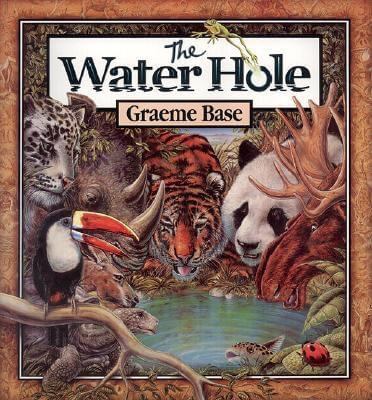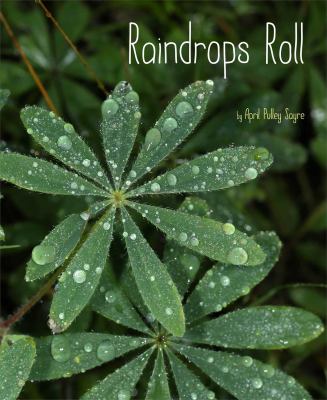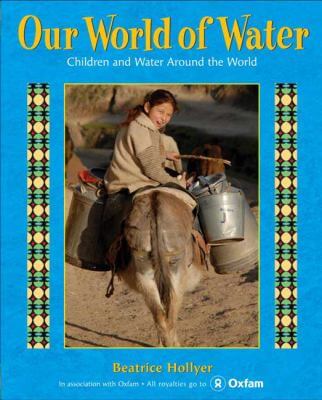Science, Technology, Engineering, Math…those words make up the acronym for STEM. The words and acronym have been household terms for several years. Carnegie Library of Pittsburgh does its part to make sure your kids build on what they know about STEM, and have fun, too!
One way we do this is through the Super Science kits.* The kits cover several topics, have been developed by Children’s Specialists, and contain materials that help staff to offer STEM programs. Your family may have attended a STEM program that used materials from one of these kits.
One of my favorite kits is called “H2O Olympics”. Here are some of the ideas that come from this kit:
- Is the jar full?
Take a clear jar and fill it with water, just below the top. Now take a smaller cup and use it to add more water to the jar. If you’re working with kids, you can ask them when they think the jar is full. The trick is to get as much water in the jar without spilling it over the edge.
When it seems as though the jar is full, take a pipette/eye dropper and continue to add drops. You may want to ask the kids to predict how many drops you will be able to add. You should start to see a dome form at the top of the jar. Why does the water stay together?
This activity demonstrates the properties of water cohesion and surface tension. The water molecules are more attracted to each other than to the air surrounding them. They hold on until they just can’t last any longer and finally spill over the edge of the jar.
- Sink or float?
You’ve probably done this activity with your kids, especially when they’re in the bathtub. Maybe you did it as a kid yourself; it’s a popular and rather surprising experiment to do.
Begin by gathering several objects such as a comb, paper clip, cork, bar of soap, rubber duck, penny, marble…really anything you can find around the house…and, some clay/playdough plus a bowl of water. Will the items sink or float? Make a chart to see the results; you may want to ask your kids to predict this before dropping the items in.
Drop the clay in last. Is there a way that this could float? (If you form it into a boat, it should float.)
Now see how many pennies you can put on your boat before it sinks. For another option, construct a boat out of foil that will float in the water. Try the same thing with the pennies adding them one at a time. How many did you get? Kids will love predicting with both of these boats!
One of my favorite science guys is Steve Spangler. He has done a video on float/sink with pop cans. You can view it here…I hope you’re as surprised as I was!
Super Science kits also include books! Check some of these out:
The Water Hole is a fusion of a counting book, puzzle book, storybook and art book. Graeme Base takes the reader on a journey of discovery, from the plains of Africa and the jungles of the Amazon, to the woodlands of North America, and the deserts of the Australian outback.
Raindrops Roll by April Pulley Sayre
Raindrops drop. They plop. They patter. They spatter. And in the process, they make the whole world feel fresh and new and clean.
In this gorgeously photo-illustrated nonfiction picture book, celebrated author April Pulley Sayre sheds new light on the wonders of rain. From the beauty of a raindrop on a leaf, to the amazing, never-ending water cycle that keeps our planet in perfect ecological balance.
 101 Great Science Experiments by Neil Ardley
101 Great Science Experiments by Neil Ardley
Make science fun with 101 exciting step-by-step experiments that are safe and easy to do at home. Science writer Neil Ardley shows how you can use everyday objects to discover the basic principles of science and understand how these apply to the world around you.
Things That Float and Things That Don’t by David A. Adler
Why is it that a piece of metal doesn’t float, but a huge ship made of steel does? Here are answers to questions about density and flotation.
Our World of Water by Beatrice Hollyer
Wherever we live in this world–whether our country is rich or poor–water is vital to our survival on this planet. This book follows the daily lives of children in Peru, Mauritania, the United States, Bangladesh, Ethiopia, and Tajikistan, and explores what water means to them. Where does it come from? How do they use it?
With the growing threat of climate change affecting all our lives, this book invites discussion on the ways different countries and cultures value this most precious of our planet’s natural resources.
You can find even more information on water in the Library’s research databases. Try Trueflix–you can watch a video, listen to the book, do an activity, look at websites, and more!
Have fun with water! Explore more STEM activities at your neighborhood library today!
*Super Science programming at the Carnegie Library of Pittsburgh is supported in part by the PPG Foundation.
Kathy is a Senior Librarian in the Children’s Department at Main. While she’s originally from Michigan, she loves Pittsburgh where she enjoys doing Bulgarian folk dancing and sharing the oral tradition of storytelling.




